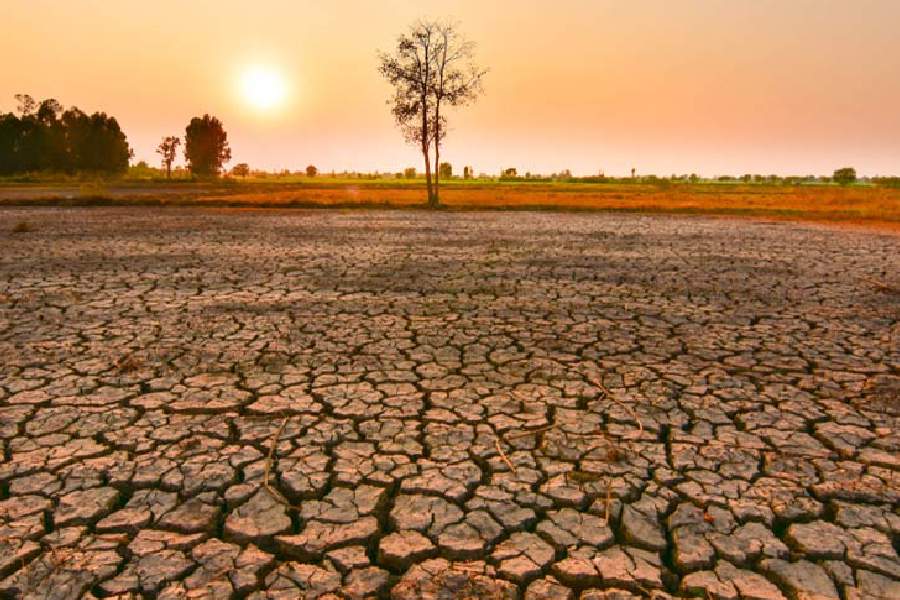The Modi government’s inflation battle is set to intensify after the IMD’s grim forecast of April-June heat wave conditions. Water levels in 150 major reservoirs across the country have dropped to 35 per cent of their capacity even as the poll fever catches on.
According to the latest data from the Central Water Commission (CWC), the “live storage available in these reservoirs is 61.801 BCM, which is 35 per cent of total live storage capacity of these reservoirs”.
The weather bureau has warned that most regions of the country will witness above-normal temperature during April-June.
“We estimate food inflation to remain elevated at 7.5 per cent in 1HCY24 — January to June, the first six months of 2024 — and estimate core inflation to bottom-out in Q1 CY24 — January to March — and increase towards 4 per cent by mid-2024, driven by an up-turn in housing (rental) inflation and a rise in manufacturing costs with higher copper prices by the end-2024,” Goldman Sachs said in a report.
“All together, we estimate headline inflation to remain above 5 per cent in 1H CY24 and average at 4.7 per cent in 2024 driven by higher food inflation, partially offset by lower core inflation.”
“The lower reservoir levels are estimated to have an adverse impact on the current rabi crop, especially in the states of Karnataka, Andhra Pradesh, Telangana and Tamil Nadu where farmers have reportedly witnessed wilting in case of pulses such as Bengal gram and shriveling of grains and cobs in case of paddy and maize, respectively,” Pushan Sharma, director-research, Crisil Market Intelligence and Analytics, said.
“In northern states such as UP and Bihar, lower reservoir levels coupled with high temperature are estimated to have adversely impacted wheat and mustard yields.”
This prediction, coupled with drying water reservoirs, has prompted agriculture economists to warn of an adverse impact on the current rabi crop as well as summer crops.
The depleting water level in the country is attributed to lower rainfall caused by the El Nino weather phenomenon, resulting in drought and prolonged dry spells in Asia as the Pacific Ocean warmed.










